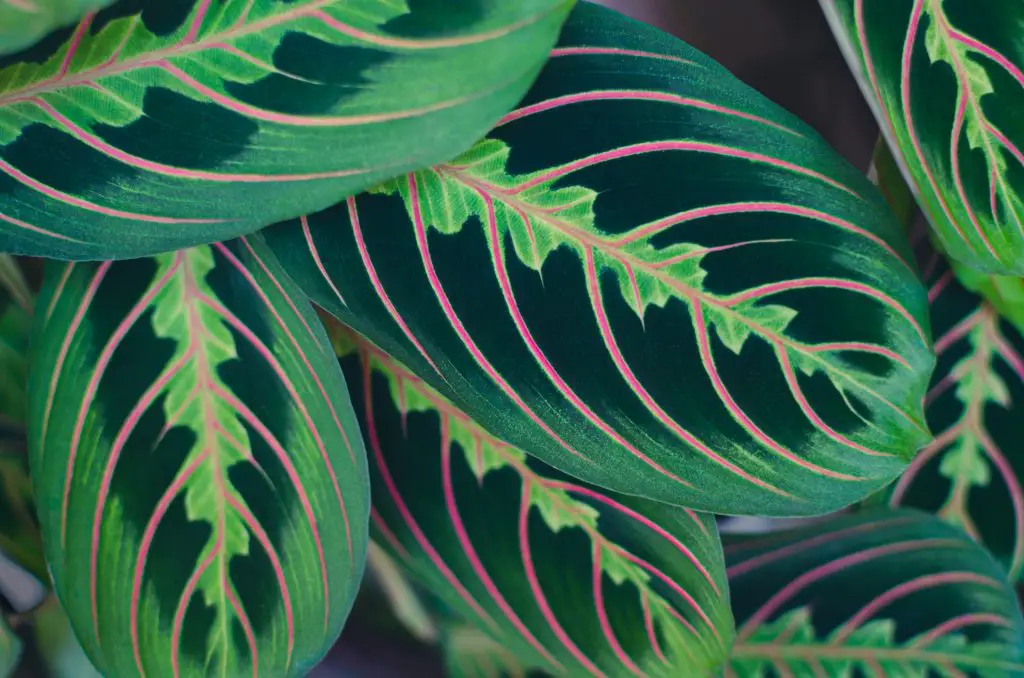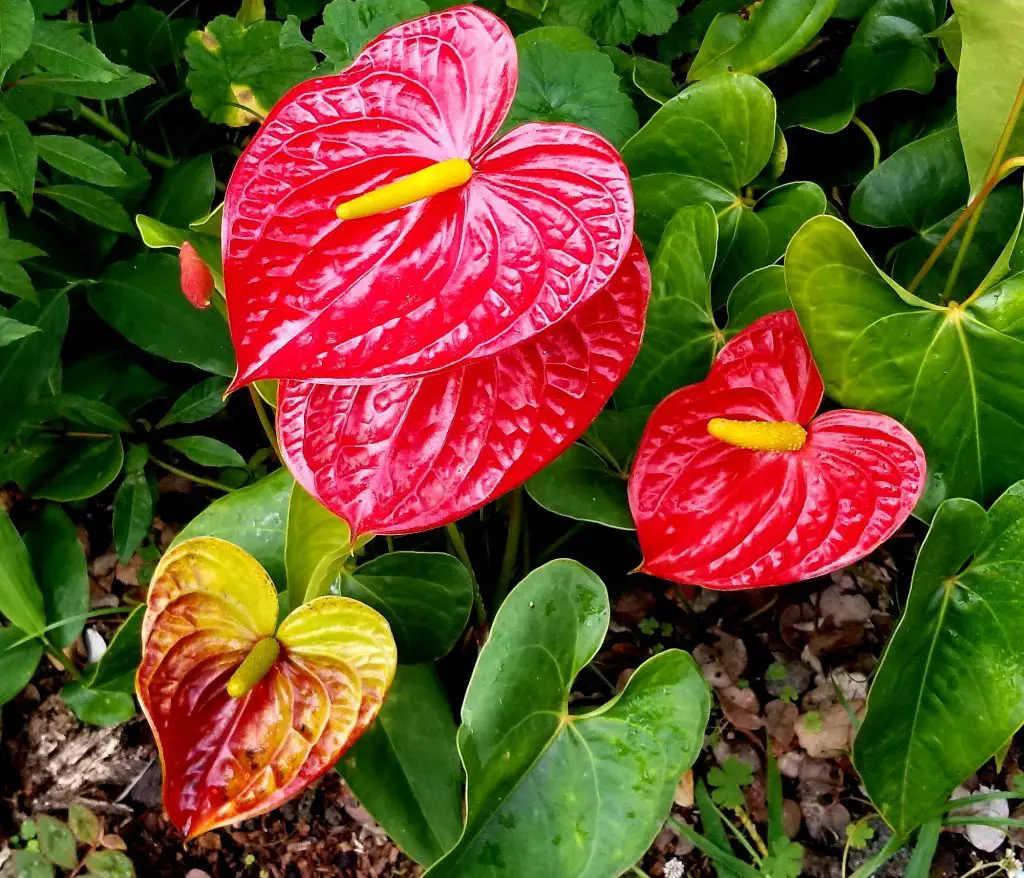You know your croton plants are leggy when you begin noticing fewer leaves and an unattractive gangly appearance. It is usually quite easy to detect because they are marked by drooping stems, patchy and sparse growth, and an overall look of being unkempt.
What could be the cause of this? How can you prevent your crotons from this? How do you make your leggy crotons bounce back to life? Several factors contribute to the reasons crotons become leggy. Fortunately, there are measures to also prevent your croton from becoming leggy.
Here’s a detailed guide to help keep your crotons from becoming leggy.
Table of Contents
Why Do Crotons Get Leggy?
Here are some of the top reasons why croton plants get leggy.
1. Inadequate lighting
Most times, this is the major reason crotons become leggy. Crotons thrive on very bright light. Exposure to an adequate amount of sunlight sustains their growth and foliage appearance. If grown indoors, you may need fluorescent lamps and bulbs to give it the lighting it requires. It is best to place it in your window area because of the proximity to receiving sunlight.
2. Irregular pruning
Pruning is an essential aspect of propagating a croton plant. Pruning helps in eliminating unhealthy parts of the plant such as dead plants or branches, reduction of overgrown leaves or branches, and maintenance of a particular shape. Crotons become leggy when they are not pruned regularly.
Although, pruning should only happen when there is an excess amount of unhealthy portions of the plant and when it has grown too bushy. Pruning allows room for new growth and prevents the spread of infestations.

3. Climate
Crotons thrive in warm environments. Residing in an environment not conducive for the croton may affect the condition of the plant and it would start getting leggy. Ensure that the area you are growing your croton in is a low humidity environment.
If you reside in areas where there are extreme weather conditions, you may have to make use of humidifiers or modify your watering and misting schedule to cater to your crotons’ needs. Crotons are generally tough and would rebound even after freezing weather has damaged them when spring arrives.
4. Insufficient Watering
Crotons are prone to becoming leggy if they have been deprived of an adequate amount of water for a long period. Though crotons survive in the face of negligence, they require a sufficient amount to thrive. Your crotons should never be allowed to dry out. Like most house plants, keep the soil mixture moist and not water-logged.
Crotons grown outdoors are exposed to more sunlight and require more water than crotons grown indoors. Too much watering causes wilting off the leaves and too little watering causes crotons to fall off.
5. Infestations
Usually, crotons are not easily susceptible to infestations except the plants are jammed together. This tends to attract insects or bugs like mealy bugs or red spider mites.
Dry weather often attracts red spider mites so you might need to water your croton more often. Also, weak and poor crotons attract red mites. This is not good as it worsens the conditions of the croton.
How do I keep Crotons from becoming leggy?
- Place your croton in an environment where it can receive adequate lighting. Crotons should not be exposed to direct sunlight for too long as this can damage their foliage appearance and affect the soil mixture causing the plants to become leggy. Remember to space your crotons apart so they do not have to compete for light. Most times, struggling for light forces them to grow taller and they end up as leggy plants.
- Ensure your croton is adequately watered. Mist the leaves consistently especially if it is grown outdoors. Gauge your watering to avoid excess buildup of water in the soil. Drilled drainage pots would help in this.
- In cases of infestations, gently pluck out affected plants or seclude infested plants. Spraying water on plants aids in dispelling bugs or insects. In severe cases of infestations, you may need to use insecticidal soaps.
- When pruning, your pruning equipment must be sterilized before and after use. This is to prevent the spread of infestations especially if the equipment has come in contact with an infected plant.
- The environment of your croton is crucial to its survival and healthy growth. Allow your croton to grow in a warm environment. If you reside in an area prone to freezing conditions, you may have to consider growing your crotons indoors for a while.

How to Make Leggy Croton Plants Bushy Again
- To revive your croton, you would need to refresh your soil mixture. After a long time, your croton soil might become spent so you may need to change the soil and re-pot the croton. This gives it a fresh start again
- Prune the croton stem and plant to remove all dead portions. More branches grow out when stems are pruned
- Pinch out new leaves from the plant. This causes more leaves to spring out and thus making your croton bushy
- Adequately tend to the plant providing all the requirements it needs.
- Frequently fertilize your crotons to speed up their growth process. Make use of low nitrogen fertilizers.
Conclusion
Although leggy crotons may a source of concern, with proper care and tending, leggy protons can always rebound giving off the bright and allured color it is most loved for. An additional tip to fertilizing your croton is to make use of oak leaves as mulch for your crotons.







